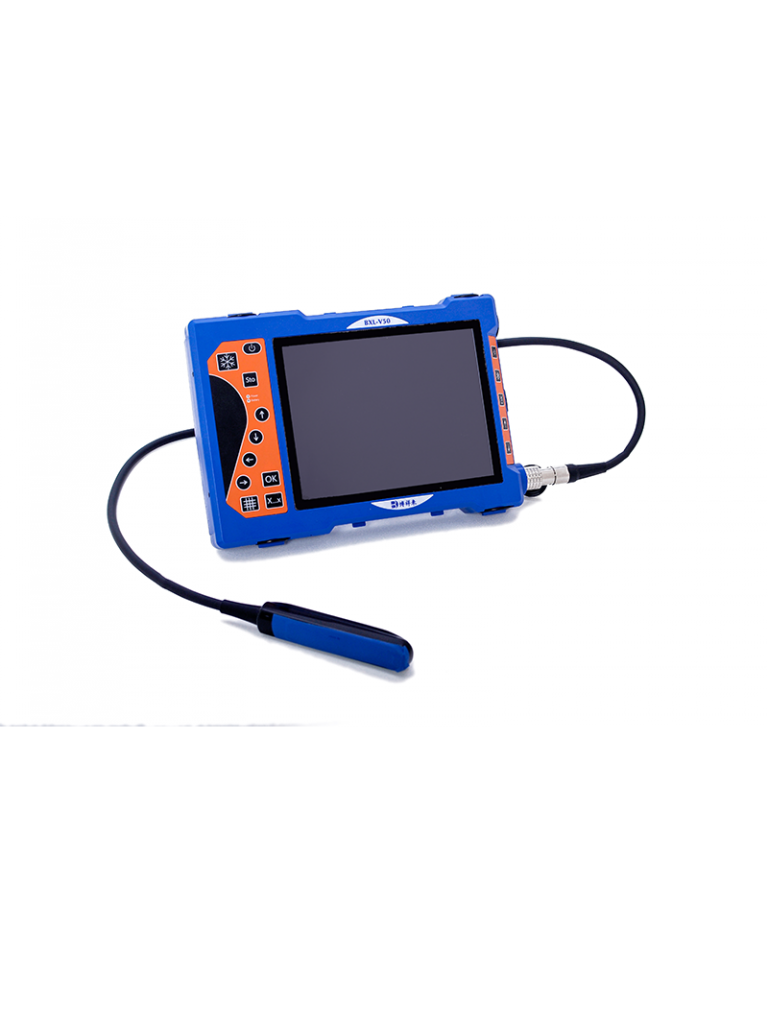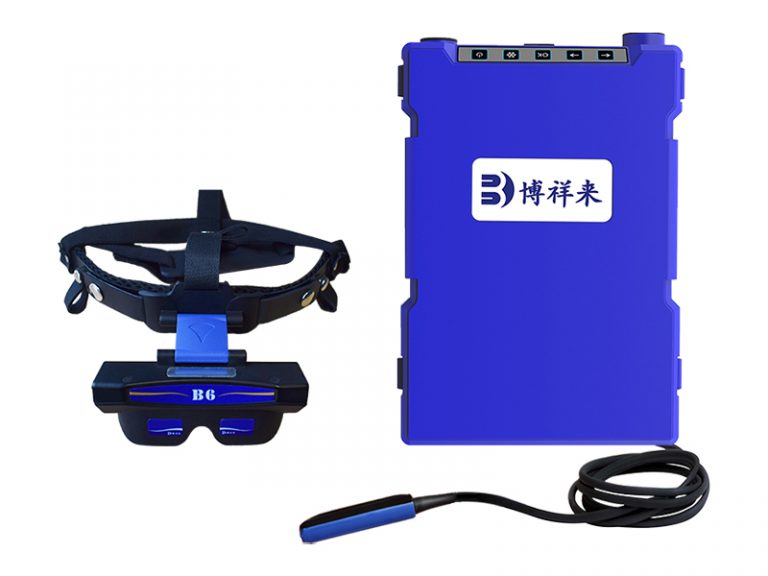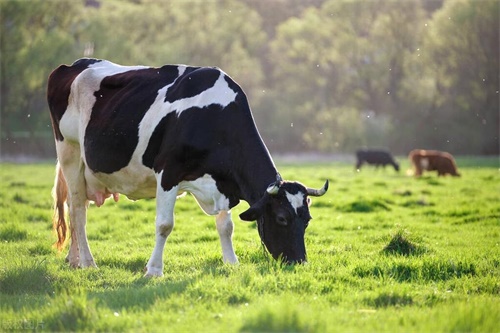How to Choose a Reliable Pig Ultrasound Machine for Sale That Meets Your Farm Needs
As a pig farmer, optimizing reproductive efficiency, health monitoring, and growth evaluation is essential to maximize productivity and profitability. One of the most effective modern tools available to support these goals is the veterinary ultrasound machine. With the rise of advanced ultrasound technology in livestock management worldwide, pig farmers have access to non-invasive, real-time imaging that enables precise pregnancy diagnosis, backfat thickness measurement, and muscle evaluation.
However, selecting the right pig ultrasound machine for sale that fits your specific farm needs can be challenging. With multiple brands, models, and features available on the market, making an informed choice requires understanding the technical capabilities, usability, durability, and cost-effectiveness of the ultrasound systems designed for swine.
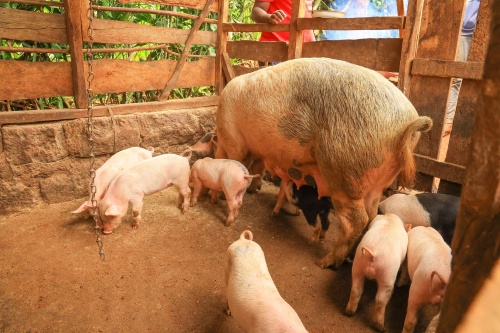
In this article, I will share insights on how to choose a reliable pig ultrasound machine, drawing on international experiences and best practices. Whether you operate a small family farm or a large commercial piggery, this guide will help you find a machine that delivers accurate data, improves herd management, and ultimately supports your farm’s growth.
Understanding the Role of Ultrasound in Pig Farming
Before delving into machine selection, it’s important to understand why ultrasound technology is invaluable in modern pig farming.
Key Uses of Ultrasound in Pig Management
-
Pregnancy Diagnosis: Early and accurate pregnancy detection is critical to improving reproductive efficiency and reducing non-productive days. Ultrasound enables detection as early as 18-21 days post-mating.
-
Fetal Viability and Litter Size Estimation: Beyond confirming pregnancy, ultrasound helps monitor fetal development and estimate litter size, aiding in nutritional and housing management.
-
Backfat and Muscle Measurement: Assessing body condition through backfat thickness and muscle depth measurements allows precise adjustment of feeding programs for optimal growth and carcass quality.
-
Health Monitoring: Ultrasound can identify reproductive tract abnormalities, cysts, or infections, facilitating timely interventions.
International pig farmers widely acknowledge ultrasound as a cost-effective tool to reduce reproductive losses and enhance herd health, especially when combined with data-driven management.
What to Look for When Choosing a Pig Ultrasound Machine
1. Image Quality and Resolution
Image clarity is paramount for accurate diagnosis. Foreign veterinary experts emphasize the importance of high-resolution B-mode ultrasound imaging for clear visualization of pig reproductive organs and fetuses.
-
Look for machines that provide sharp, high-contrast images to distinguish uterine horns, fetuses, and muscle layers clearly.
-
Features like 256 grayscale levels improve tissue differentiation.
-
A larger display screen (7-8 inches or more) enhances viewing comfort during scanning.
2. Probe Types and Frequency
The ultrasound probe or transducer converts sound waves into images. Its design and frequency affect image penetration and detail.
-
Linear probes (5-7.5 MHz) are commonly recommended for pig pregnancy diagnosis due to better penetration and a wider field of view.
-
Some machines offer multi-frequency probes that allow adjustment based on animal size or specific diagnostic needs.
-
For deeper imaging, lower frequencies (around 3.5 MHz) are better, but image detail decreases.
International standards suggest choosing probes suitable for the size and age range of your pigs to optimize diagnostic accuracy.
3. Portability and Durability
Farm environments can be harsh with dust, moisture, and rough handling. Therefore, portability and build quality matter.
-
Select ultrasound machines with rugged, waterproof, and dustproof designs (often rated IP54 or IP56).
-
Lightweight, handheld models or portable systems with rechargeable batteries allow scanning directly in pens or barns without electrical constraints.
-
Many overseas farmers prefer machines that can last a full working day on battery power (6-8 hours minimum).
4. User Interface and Ease of Use
For efficient operation, the machine should be user-friendly, especially if multiple farm workers or veterinarians will use it.
-
Clear menus, intuitive controls, and quick image freezing/capturing features save time.
-
Some models support touchscreen operation or have physical buttons operable with gloves.
-
The ability to store images and export data via USB or wireless connection supports record-keeping and remote consultation.
5. Software Features and Measurement Tools
The ultrasound machine’s software capabilities significantly influence its utility on the farm.
-
Essential measurement tools include backfat thickness, eye muscle area, and gestation length calculators.
-
Some advanced machines offer automated measurement and analysis, reducing human error.
-
Compatibility with farm management software enhances overall data integration.
Foreign farmers increasingly expect these digital functions to improve decision-making and reproductive management precision.
6. Cost and After-Sales Service
Price is always a consideration, but a reliable machine is an investment with long-term returns.
-
Compare warranty length, availability of replacement parts, and the vendor’s technical support quality.
-
Many international farmers recommend buying from reputable suppliers offering training and local service centers.
-
Sometimes a slightly higher initial cost pays off with better durability, accuracy, and support.
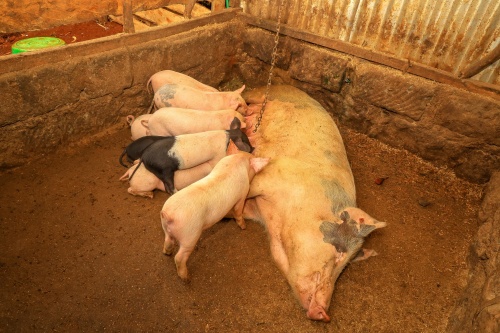
Spotlight on BXL-V50: A Trusted Choice for Pig Ultrasound
Among many brands, the BXL-V50 Veterinary Ultrasound Scanner stands out as an example of a device combining excellent features tailored to pig farming needs.
-
Technical Highlights:
-
IP56 waterproof and dustproof design ensures durability in farm conditions.
-
8-inch HD LCD display with 256 grayscale for clear image quality.
-
Multiple probes compatible, including linear probes optimized for swine.
-
7+ hours of battery life for long field use.
-
Backfat thickness and pregnancy detection presets included.
-
USB storage for easy image transfer.
-
Many pig farmers globally have found the BXL-V50’s balance of portability, image clarity, and practical software tools well-suited for daily reproductive and growth monitoring tasks.
International Perspectives on Pig Ultrasound Machine Usage
Veterinary researchers and livestock experts worldwide agree on the transformative role of ultrasound in pig production.
Europe
In countries like Denmark and the Netherlands, with highly industrialized pig farming, ultrasound technology is integrated into routine herd management. Danish experts stress early pregnancy scanning combined with nutritional adjustments guided by backfat measurements to optimize sow longevity and piglet survival.
North America
US and Canadian pig producers widely adopt portable ultrasound systems to reduce non-productive days by early detection of reproductive failures. Extension services advocate for training in probe handling and image interpretation to maximize diagnostic accuracy.
Asia
Countries such as China and South Korea rapidly expand the use of veterinary ultrasound in intensive pig production. Their focus lies on improving litter size estimates and sow body condition scoring to enhance feed efficiency and meat quality.
Across these regions, the common theme is the increasing reliance on ultrasound technology to make timely, data-backed decisions, reducing guesswork and improving herd profitability.
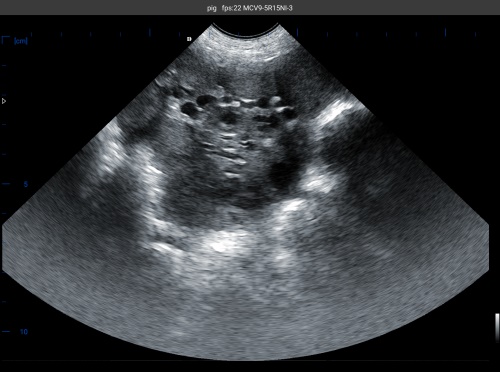
Practical Tips for Using Your Pig Ultrasound Machine Effectively
-
Train Staff Properly: Understanding probe placement and interpreting images correctly is key. Many manufacturers offer training videos or onsite demonstrations.
-
Scan at Optimal Times: For pregnancy diagnosis, 18-30 days post-mating is ideal. For backfat measurement, scan mid-gestation or pre-fattening stages.
-
Regular Calibration: Periodically verify machine settings and probe condition to maintain image accuracy.
-
Keep Detailed Records: Store images and measurements linked to individual animals to track reproductive history and growth trends.
-
Maintain the Equipment: Clean probes after each use and charge batteries regularly to extend machine lifespan.
Conclusion
Selecting a reliable pig ultrasound machine for sale that meets your farm needs requires careful consideration of image quality, probe specifications, portability, ease of use, software features, and after-sales support. By investing in a device that offers clear imaging, accurate measurements, and robust construction—such as the BXL-V50—you can significantly improve your reproductive management, growth monitoring, and overall herd health.
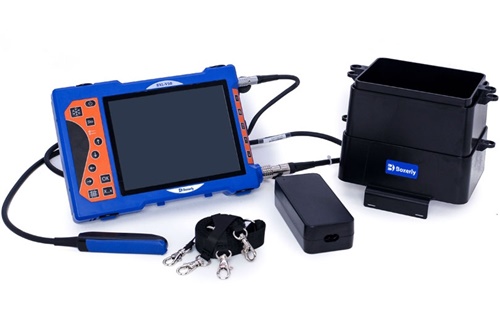
Global farming communities have shown that ultrasound technology is no longer a luxury but a necessity in modern pig production. As this technology becomes more accessible and user-friendly, more producers worldwide are embracing it to enhance productivity, reduce losses, and achieve better economic outcomes.
By following the guidelines in this article and learning from international best practices, you can confidently choose an ultrasound machine that supports your farm’s goals now and into the future.
References
-
Whitaker, D. A., & Smith, E. (2021). Veterinary Ultrasonography in Food-Producing Animals. Journal of Veterinary Imaging. https://www.veterinaryimagingjournal.org/article/ultrasound-food-animals
-
Beef Cattle Institute. (2023). Use of Ultrasound for Growth Evaluation in Cattle. https://www.beefcattleinstitute.org/ultrasound-growth
-
European Federation of Animal Science. (2022). Application of Ultrasonography in Swine Reproductive Management. https://efas.org/swine-ultrasound
-
North American Swine Veterinary Association. (2023). Guidelines for Ultrasound Use in Swine Herd Health. https://nasva.org/ultrasound-guidelines
-
Chinese Association of Swine Veterinarians. (2024). Advances in Ultrasound Technologies for Pig Production. https://casv.org.cn/ultrasound-advances

